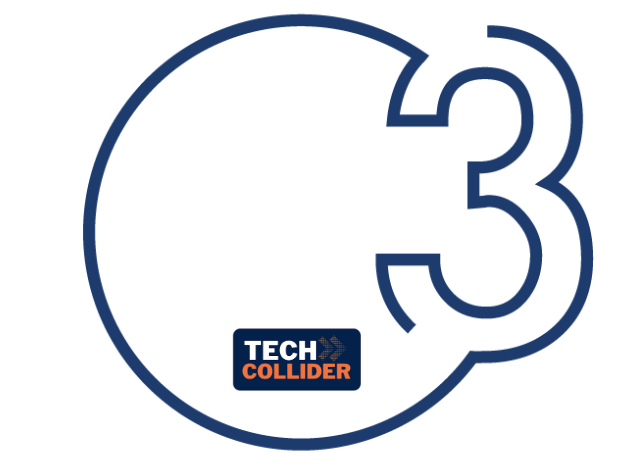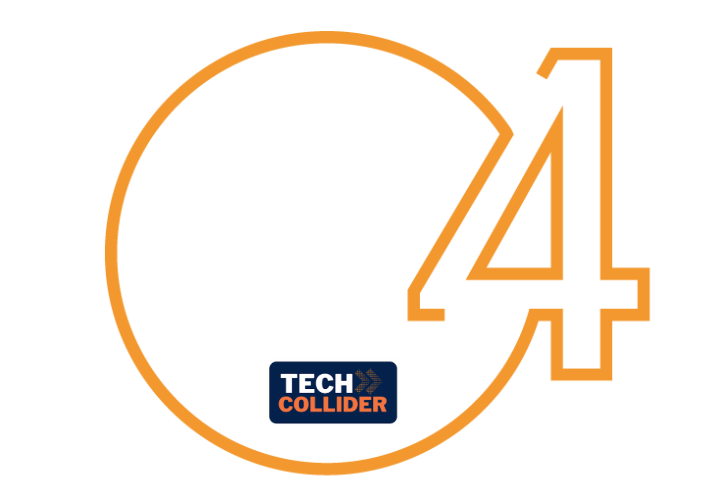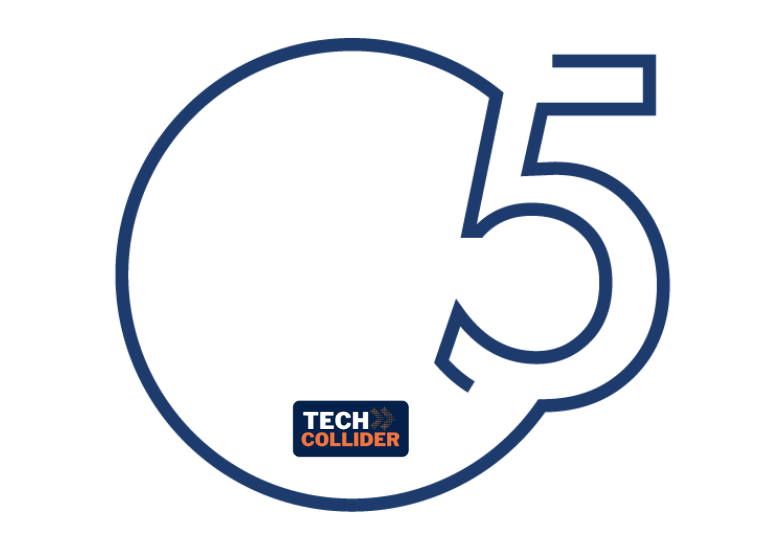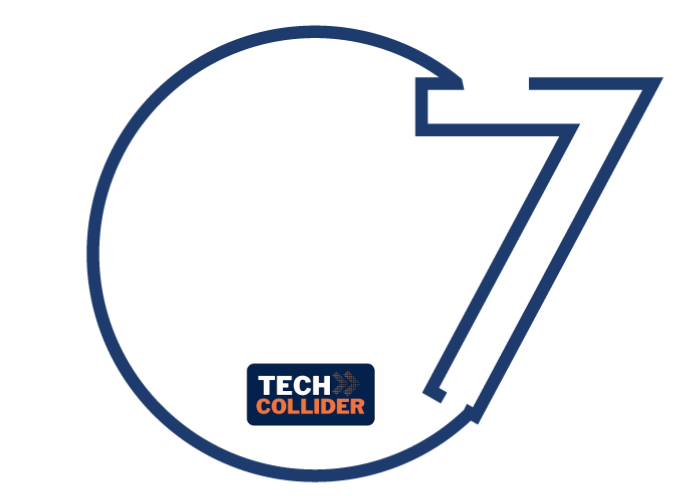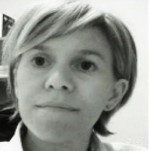Complex wounds require advanced therapeutic medications that take active part in wound healing to achieve rapid and complete healing of wounds. The main dressings include medicated moist dressings, tissue-engineered substitutes, biomaterials-based biological dressings, biological and naturally derived dressings, medicated sutures, and various combinations of the above classes.
Commodity products, like bandage rolls (natural and synthetic), gauze dressings and sponges, lint, plaster and cotton or tulle dressings are not intended for treating severe wounds because they have the sole function of covering the wound.
There are not products on the market suitable as prophylactic treatment of hypertrophic scars. Cicacareâ is the only product already on the market by Smith & Nephew having antifibrotic activity; however, it is not intended for open wounds (as burns).
Skin grafting is a well-established technique commonly used by surgeon in cases of skin wounds after trauma, amputation and chronic ulcerations, however, the cost per unit (10 x12,5 cm2) of a cultured skin substitute is about €1800.
Other potentially therapeutic treatments, such as pressure and laser therapies, corticosteroids and interferon injections, are not taken in consideration because they are commonly used as therapeutic treatments when pathological healing has occurred.







